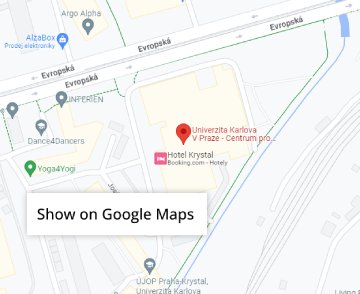In this paper, we investigate the potential gains in cost-effectiveness from changing the spatial scale at which nutrient reduction targets are set for the Baltic Sea, with particular focus on nutrient loadings from agriculture. The costs of achieving loading reductions are compared across five levels of spatial scale, namely the entire Baltic Sea; the marine basin level; the country level; the watershed level; and the grid square level. A novel highly-dis aggregated model, which represents decreases in agricultural profits, changes in root zone N concentrations and transport to the Baltic Sea is used. The model includes 14 Baltic Sea marine basins, 14 countries, 117 watersheds and 19,023 10-by-1 0 km grid squares. The main result which emerges is that there is a large variation in the total cost of the program depending on the spatial scale of targeting: for example, for a 40% reduction in loads, the costs of a Baltic Sea-wide target is nearly three times lower than targets set at the smallest level of spatial scale (grid square). These results have important implications for both domestic and international policy design for achieving water quality improvements where non-point pollution is a key stressor of water quality.
Increasing the cost-effectiveness of nutrient reduction targets using different spatial scales
Czajkowski, M., Andersen, H., Blicher-Mathiesen, G., Budziński, W., Elofsson, K., Hagemejer, J., Hasler, B., Humborg, C., Smart, J.C.R., Smedberg, E.,Thodsen, H., Wąs, A., Wilamowski, M., Żylicz, T., Hanley, N. (2021) Science of the Total Environment, 790(10 October 2021), 147824



